AO Edited
Danse Macabre Stained Glass
Dancing skeletal figures pay homage to a medieval mural destroyed during World War II.
The windows in the Danse Macabre chapel at St. Mary’s Church in Lübeck are rich with colorful, though somewhat morbid, figures. Depicting those both alive and dead, the images represent scenes from an extraordinary medieval Danse Macabre style painting that was destroyed during World War II.
Danse Macabre arose in the late Middle Ages as a poetic allegory about how death will ultimately unite us all. The artwork typically shows some sort of decaying, corpse-like skeletal being beckoning those from all walks of life—rich and poor, noble and common, young and old—to come together and join the universal dance toward death.
The vivid windows at St. Mary’s pay homage to a sprawling 15th-century work of art that once covered the walls of the small chapel. It showed a mix of nobles, saints, and skeletal corpses linking arms while dancing to the grave to the tune of a skeleton piper.
The medieval mural lent its name to the church’s Dance Macabre-themed chapel, whose stained glass windows were installed in the 1950s to replace the ones that were shattered during the Allied bombing that left most of the 700-year-old church and its historical artifacts in ruins. They’re now where the windows previously donated by Kaiser Wilhelm II once were.
In addition to the historic painting, the chapel also once held a magnificent Danse Macabre organ which formerly stood where there’s currently an astronomical clock.
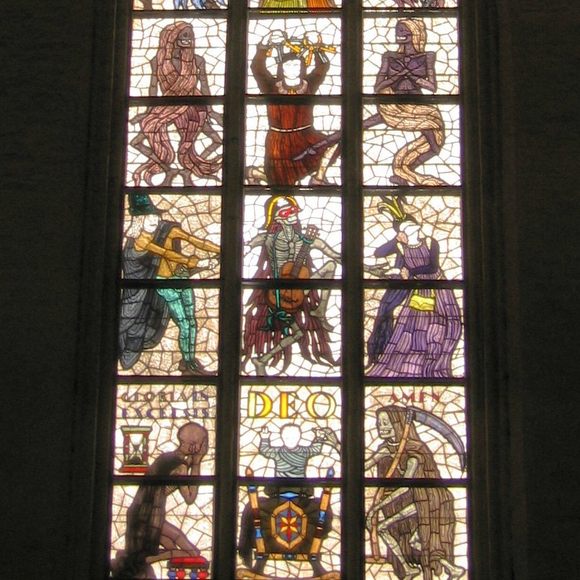


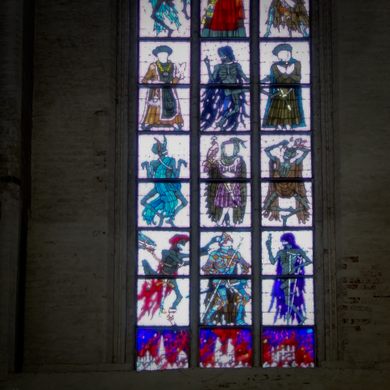
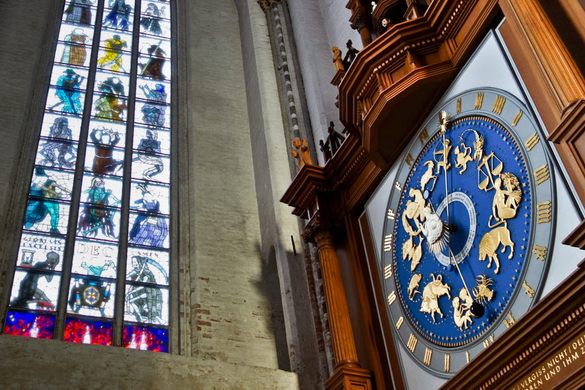
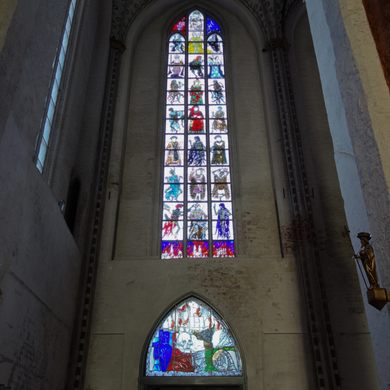
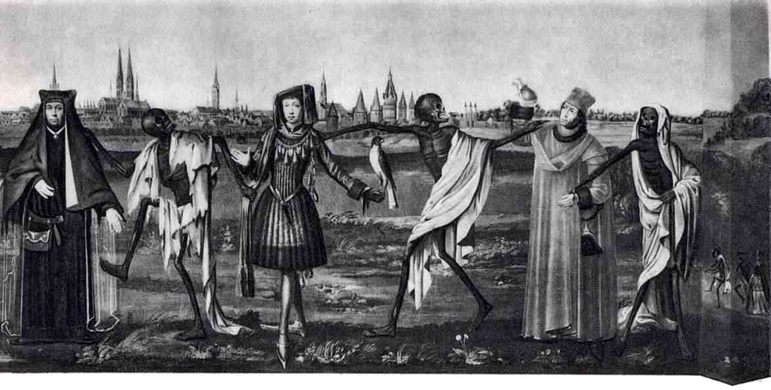




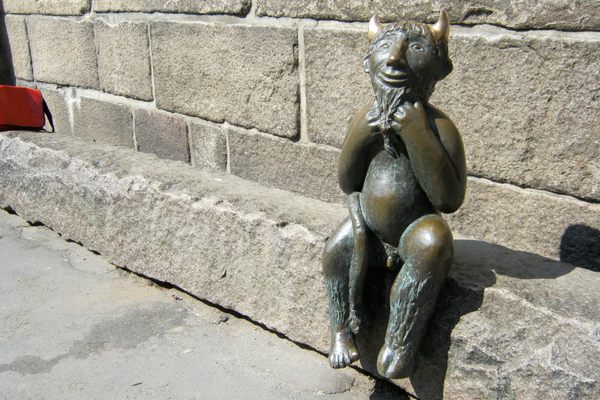
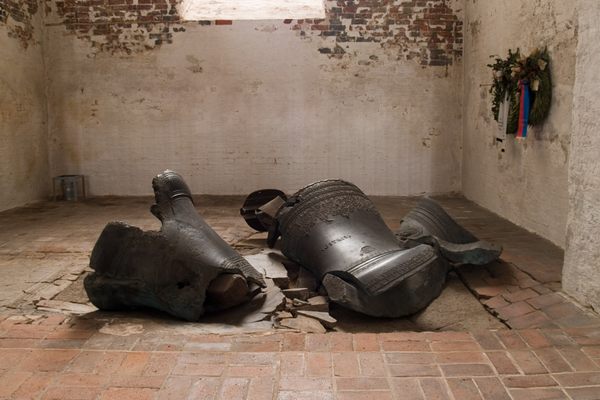

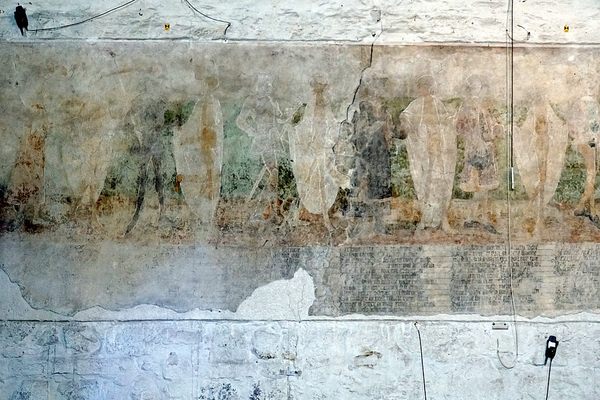
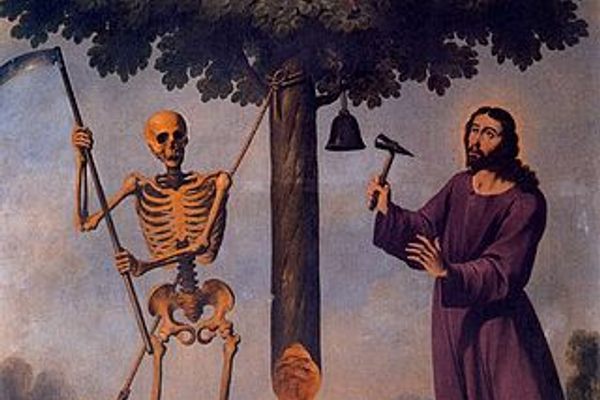



Follow us on Twitter to get the latest on the world's hidden wonders.
Like us on Facebook to get the latest on the world's hidden wonders.
Follow us on Twitter Like us on Facebook